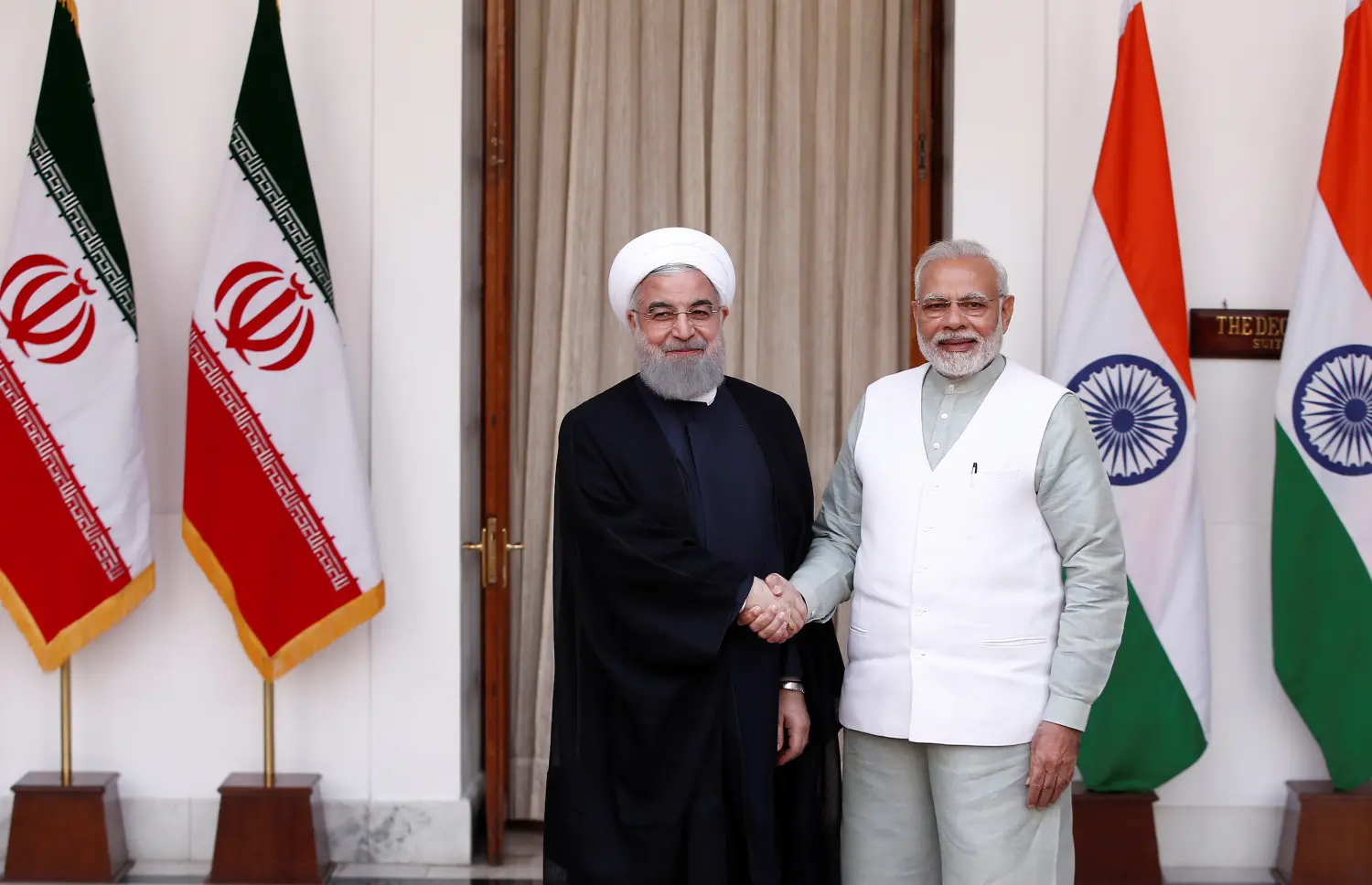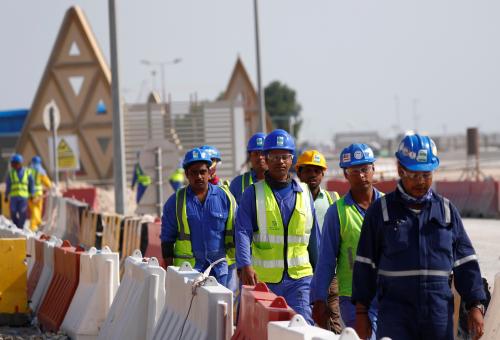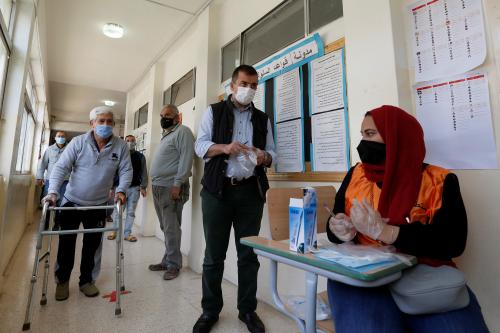Content from the Brookings Doha Center is now archived. In September 2021, after 14 years of impactful partnership, Brookings and the Brookings Doha Center announced that they were ending their affiliation. The Brookings Doha Center is now the Middle East Council on Global Affairs, a separate public policy institution based in Qatar.
India’s policy toward Iran is shaped largely by New Delhi’s aims of expanding its strategic influence beyond its neighborhood to become a global power. This relationship is governed by geopolitical and economic interests, which means for India access to energy, trade and regional connectivity. Iran is one of India’s main external energy sources. Delhi has sought to use its relations with Tehran to access markets and strengthen ties with Afghanistan and Central Asia, bypassing rival Pakistan. This includes investing via Iran’s Chabahar port. Delhi has also sought to enhance its relations with Tehran to mitigate Chinese and Pakistani regional influence. The multifaceted relationship between the two powers is anchored within a long history of cultural ties.
In his analysis paper, Kadira Pethiyagoda discusses India and Iran’s relationship, complicated by growing partnerships with the other’s adversaries, sanctions, unstable negotiations, and bureaucratic myopia.
The Iran nuclear program and period of Western-imposed sanctions provide an example of opposing forces affecting the decision-making of Indian policymakers. The impact of President Trump’s decision to withdraw from the Iran nuclear deal on Iran-India relations will likely depend on the resilience of direct banking channels between the two countries and the ability to find effective alternatives. Although Delhi’s approach may appear inconsistent at times, it is justified as being in line with its doctrine of strategic autonomy.
Any attempt to understand the nature of Indo-Iranian ties and their likely future trajectory requires understanding all the factors which shape India’s approach. This necessitates a sober, realistic appraisal of both the forces that drive the two countries together and those that push them apart. This paper draws on interviews with Indian policymakers to identify the interests and priorities underpinning India’s policy toward Iran.




